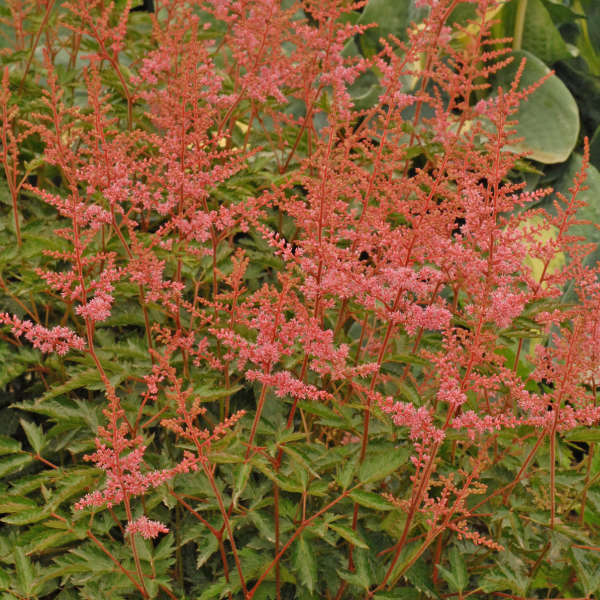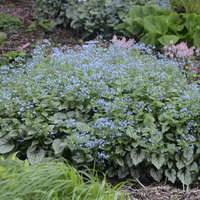Astilbe 'Key Largo' PPAF
Common Name: Astilbe
- A seedling of 'Sprite'
- Bright raspberry pink, slightly fragrant, open triangular plumes on red stems
- One of the longest blooming astilbes; blooms in mid to late summer
- Finely dissected, shiny kelly green foliage darkens as it ages
- Vigorous grower
- Great in containers or in the garden
A member of Astilbe simplicifolia (Astilbe). A species characterized by glossy, mid-green leaves which are lobed, not divided. Plants form compact mounds that look good even without flowers. Open, airy panicles of star-like flowers are followed by ornamental seed heads which provide a few additional months of interest. Slower to establish than A. arendsii, requiring about 3 years to reach maturity.

